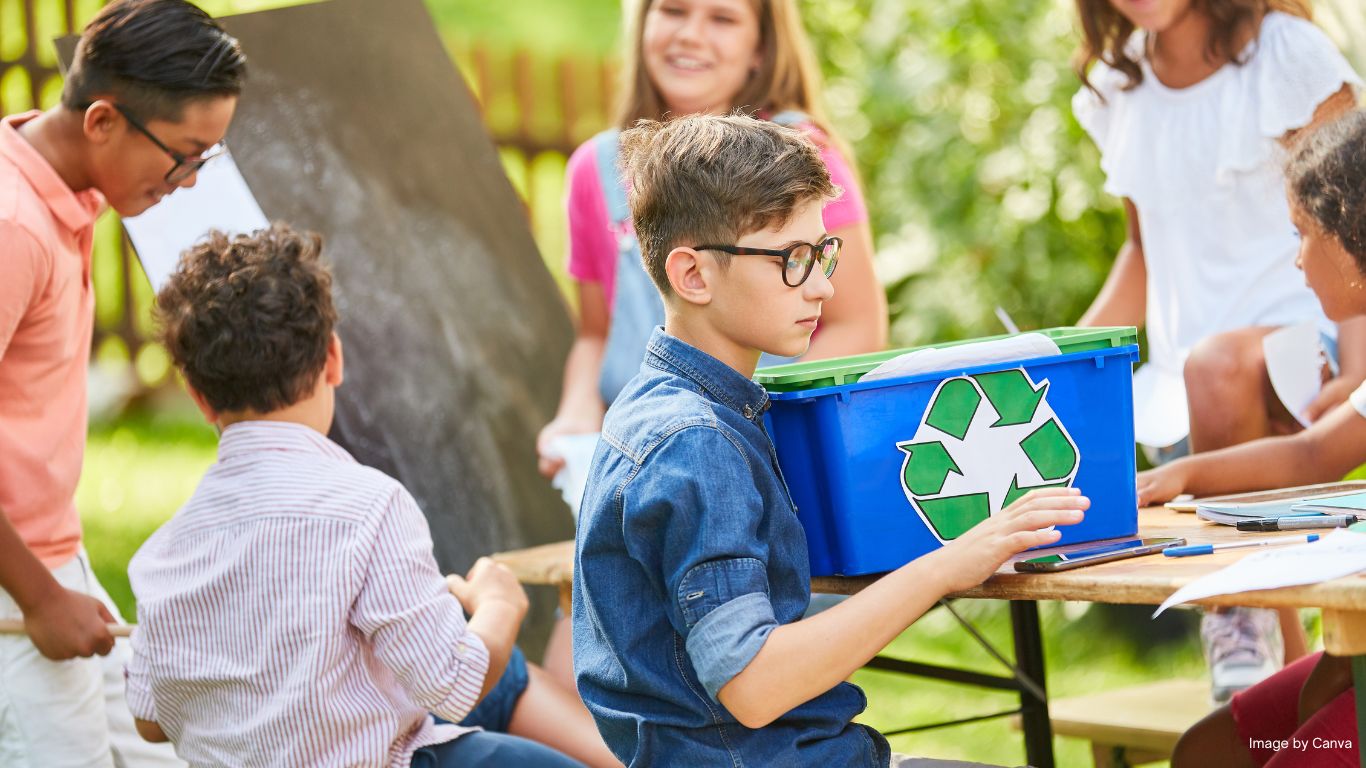In today’s rapidly changing world, where environmental issues are at the forefront of global concerns, integrating sustainability into education has become imperative. As educators, it’s crucial to recognize the significance of environmental education and its impact on shaping the future of our planet. This article explores the importance of integrating sustainability into curriculum trends and its benefits for both students and society at large.
Why Environmental Education Matters
Environmental education goes beyond teaching about ecosystems and conservation; it instills a sense of responsibility and stewardship towards the environment. By integrating sustainability into the curriculum, students develop a deeper understanding of the interconnectedness between human actions and their consequences on the environment. This holistic approach empowers students to become environmentally literate citizens capable of making informed decisions to address pressing environmental challenges.
Benefits of Integrating Sustainability into Curriculum Trends
- Holistic Learning: Integrating sustainability across various subjects provides students with interdisciplinary perspectives on environmental issues. Whether it’s incorporating sustainability into science, mathematics, or social studies, students gain a comprehensive understanding of how environmental issues intersect with different aspects of society.
- Critical Thinking and Problem-Solving Skills: Environmental education encourages students to critically analyze complex environmental problems and develop innovative solutions. By engaging in real-world issues, students hone their problem-solving skills and learn to apply scientific knowledge to address environmental challenges effectively.
- Empowerment and Action: By fostering a sense of environmental stewardship, sustainability education empowers students to take action towards creating positive change in their communities. Whether it’s participating in environmental clean-up initiatives or advocating for sustainable practices, students become active agents of change committed to preserving the environment for future generations.
- Preparation for the Future: In an increasingly interconnected world facing environmental crises such as climate change and biodiversity loss, integrating sustainability into education prepares students for the challenges of the future. Equipped with environmental literacy and a sense of responsibility, students are better equipped to navigate a world where sustainability is paramount.
Strategies for Integrating Sustainability into Curriculum
- Cross-Curricular Integration: Collaborate with colleagues across different subjects to incorporate sustainability themes into existing curriculum units. For example, explore the ecological impact of historical events in social studies or calculate the carbon footprint in mathematics lessons.
- Experiential Learning: Take learning beyond the classroom by organizing field trips to environmental centers, conducting nature walks, or engaging in hands-on sustainability projects. Experiential learning fosters a deeper connection to the environment and reinforces key sustainability concepts.
- Community Partnerships: Partner with local organizations and environmental groups to provide students with opportunities for meaningful engagement in sustainability initiatives. Whether it’s participating in community garden projects or volunteering for environmental advocacy campaigns, collaboration with external partners enriches the learning experience.
- Incorporate Technology: Utilize technology tools and resources to enhance environmental education initiatives. From interactive simulations to virtual field trips, technology can provide immersive learning experiences that deepen students’ understanding of environmental concepts.
Conclusion
Integrating sustainability into curriculum trends is not just about teaching environmental concepts; it’s about fostering a mindset of sustainability that permeates all aspects of education. By empowering students with the knowledge, skills, and values needed to address environmental challenges, we can cultivate a generation of environmentally responsible citizens capable of creating a more sustainable future for all. As educators, let us embrace the opportunity to integrate sustainability into our curriculum and inspire the next generation to become stewards of the planet.








